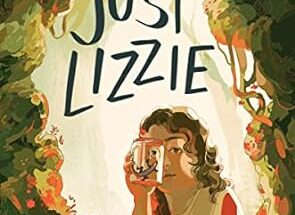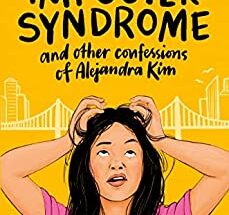I didn’t plan to write for kids. My current middle grade novel, Beastly, began as a book for adults. After a few years it turned into a YA novel, and a few years later, it dropped to middle grade. Since thinking about publishing and marketplace concerns paralyzes me when I’m writing, I didn’t research what agents and publishers were looking for in middle grade. But here are a few things I wish I’d known before I started.
First—Middle grade fiction is not written for middle school kids despite sounding like it ought to be. Middle grade is actually aimed at eight- to twelve-year olds, which sometimes bleeds over into seven to thirteen.
Second—Your protagonist can’t be older than your readers. It never occurred to me there were rules about how old your main character could be. When Beastly became a YA book, my protagonist was twenty-two, which sounded a lot like a young adult to me. However, YA rules say protagonists aren’t supposed to be older than their readers. Since YA books are written for twelve- to eighteen-year-olds (except tons of adults read YA, so go figure), the top age for a YA protagonist is eighteen. And they can’t be in college! So I lopped four years off my character’s age, and luckily she was sheltered and inexperienced enough that it wasn’t such a stretch.
Beastly went from YA to middle grade when I couldn’t fix my protagonist’s too perfect boyfriend. I tried everything to give him some juicy flaws, but I still yawned whenever he showed up on the page. In the meantime, the protagonist’s nine-year-old brother started telling lies, farting, cracking jokes, and blackmailing his sister for candy. He soon became a more compelling character than the sorry boyfriend, who finally got the axe. With the romance gone and the main character spending a lot more time with her little brother, the book naturally became middle grade.
Knowing about YA age restrictions, you’d think I would have checked the age requirements for middle grade protagonists. But no, I’m embarrassed to say I just lowered her age to fifteen thinking that would do it, until I was told by several agents that middle grade protagonists couldn’t be any older than thirteen. Now thirteen to fifteen is a major age difference. Think seventh grade compared to a freshman in high school. It took some serious revision to turn this girl into a thirteen-year-old, and she still sounds too old.
Third—Word count matters. Kelly Ford introduced me to middle grade word count after Beastly topped out at close to 80,000 words. While I knew that shorter was almost always better, I hadn’t considered word count, which as it turns out it is like your protagonist’s age, predetermined. Middle grade ranges from 20,000 to 55,000 words, with more allowance given to fantasy novels that require world building. I couldn’t believe my favorite kids books were that short. The Lion, The Witch and The Wardrobe and A Wrinkle in Time? Impossible. Unfortunately, I checked and they are: 36,363 words and 49,965 respectively. I looked up a few others just to make sure.
- Matilda by Roald Dahl: 40,009 words
- The Giver by Lois Lowry: 43,617 words
- Holes by Louis Sachar: 47,079 words
- Ella Enchanted by Gail Carson Levine: 52,994 words
- The Graveyard Book by Neil Gaiman: 67,380
- Harry Potter and the Sorcerer’s Stone by J.K. Rowling: 77,325
- The Secret Garden by Frances Hodgson Burnett: 80,398
- The Lightning Thief by Rick Riordan: 87,223
While the second half of the list breaks the rules, I understand debut authors are supposed to steer clear of rule breaking until they, too, become bestselling writers. So there I was faced with more serious revision.
Fourth—Check out The Society for Children’s Book Writers and Illustrators (SCBWI). Best known for their conferences, SCBWI is a nationwide organization and a great resource for all children’s writers from picture books through YA. This year the New England conference has been moved to the last weekend in April, so it no longer conflicts with the Muse. NESCBWI is less expensive than the Muse and a number of agents offer ‘open reading periods’ promising to read all manuscripts submitted by conference attendees within a certain timeframe, often three months. That could be worth the price of admission right there.




17 comments